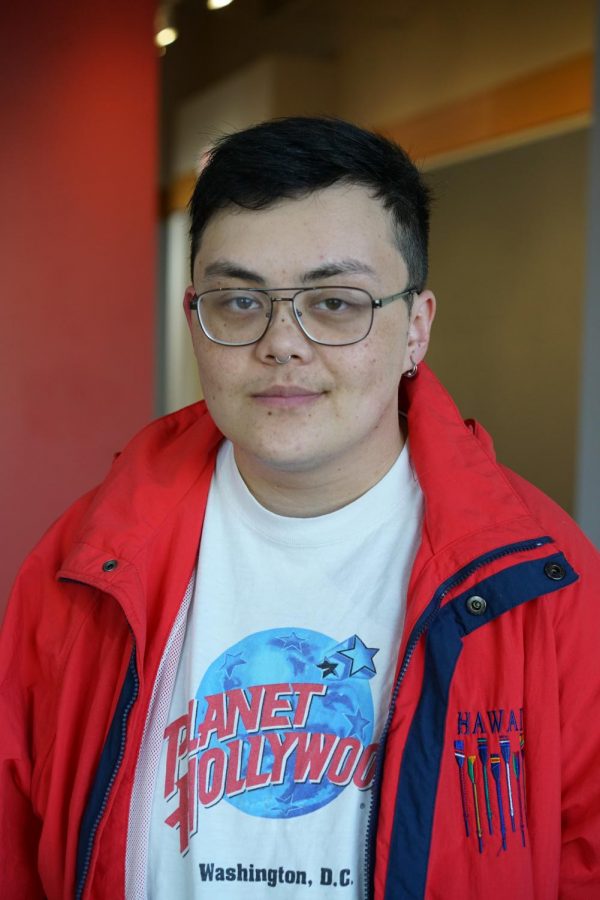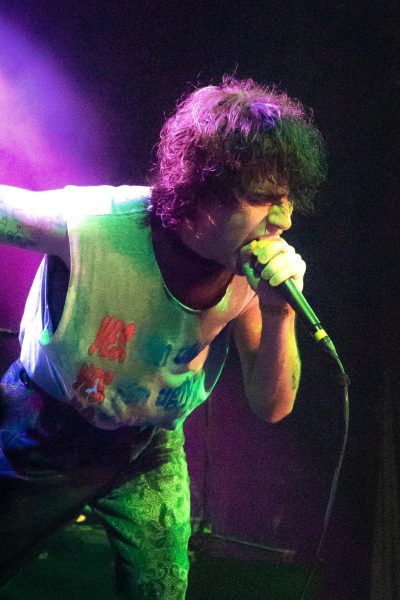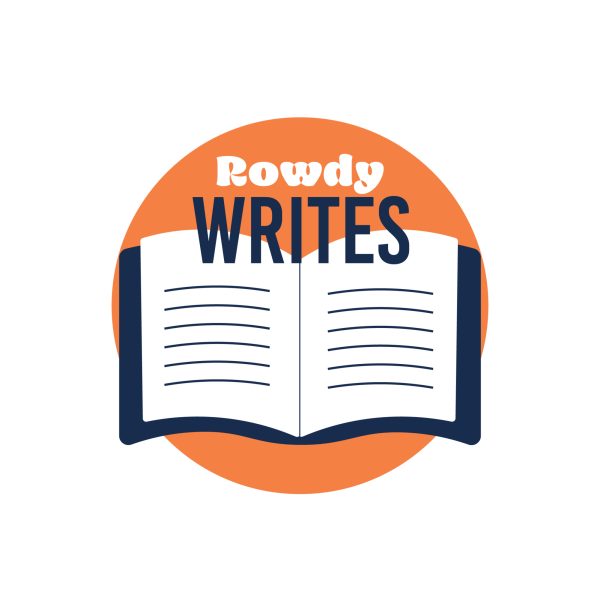Artist of UTSA: A conversation with SA creative Emmanuelle Maher
January 21, 2020
Emmanuelle Msenior information systems major with acreated visuals for each section of The Paisano.
They use art for a creative outlet, activism ation in the works of science fiction writers Katsuhiro Otomo and Octavia E. Butler, Maher relates to the vulnerability of the main character in Butler’s book, “Parable of the Sower,” who was really terrified and anxious about people getting to know the real her.
A childhood of playing “Animal Crossing” helped Maher find serenity in the game’s ability to make the mundane seem special. The game allowed them to process difficult parts of their life and cart pieces. Maher is also inspired by the patience of their loved ones during times of trauma.
Q: What is your background as an artist?
A: Iup, and I wanted to draw like that. I wanted to go to art school, but my parents wouldn’t let me, so I am self-taught. I do a lot of comics, illustrations and logos, but I quickly realized that graphic design is not my passion. I have done a lot of art for local organizations as well, including the city chapter of Democratic Socialists of America and MOVE Texas. I teach sixth grade art at a westside elementary school for SAY Sí of San Antonio; it is incredibly fun and rewarding. I am also part of a program that teaches comic-drawing, animations and video games to high school students each day after school.
Q: Describe your art to someone who has never seen it.
A: I would describe my art as intimate and fleeting. I don’t post a lot of art online, and that is mostly because I am busy, but there is something that I have become very aware of when it comes to my art and personal interactions: Usually, I will just show up, dump some really deep stuff and disappear. I think it is important to be real but not contrived and have to force your art. Actually, before I came to this interview, I posted to my Instagram a comic about a traumatic time in my life, and then I drove here.
Q: What connection do you have to your art?
A: Mostly, my art is about personal experiences. I recently made a piece that addresses my identity as a Filipino person, and it has to do with the fact that my people were also colonized by tdeath of Ferdinand Magellan, a man that wanted to take over the same land that my family was from. It made me really angry, so I channeled that ancestral rage, and I drew a three-part work for it. Aside from that, it is mostly a lot of weird comics where I draw myself as a dog and present my trauma.
Q: What is something that you want your art to say to people?
A: As someone with a lot of social anxiety that struggles with small talk and nI would like to get to know people and for people to get to know me, but there’s the question of when I should tell them athe person I am. I feel like my art helps to bridge the gap when people take the time to really look at the art. I am also really self-conscious about there being a discrepancy with the way I present online and in real life, so I try to be sincere in all aspects, but my art usually serves as a safety net for that.
Q: Why do you think art is important?
A: I think art is very versatile — not just visually, but with what it can convey. Conveying abstract art for any artist can be difficult because it has to flow and be cohesive. Art can take a lot of interrelated subjects and convey them simultaneously. I think it is really neat how, despite the potential for incompletion of ideas, art can make them seem complete and sensic
Maher is applying to graduate school, contributing to the #ChangeRapeCulture Movement with Kimiya Factory and developing the creative youths of San Antonio.






